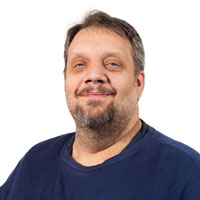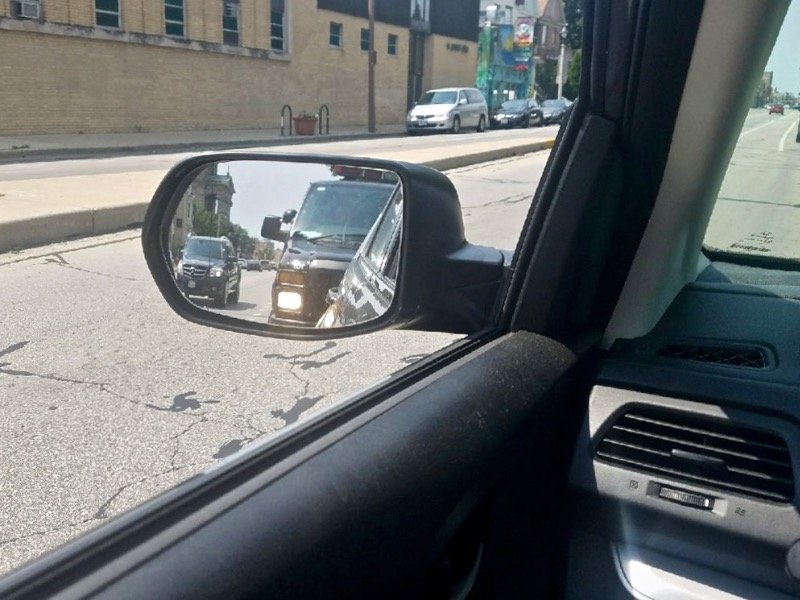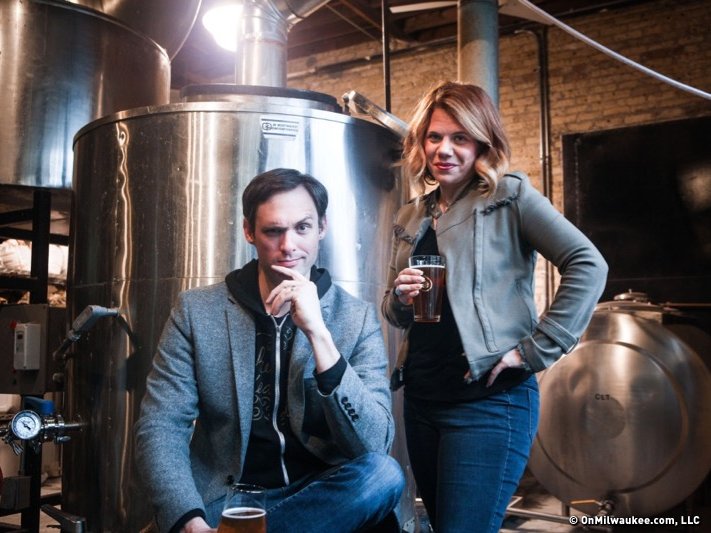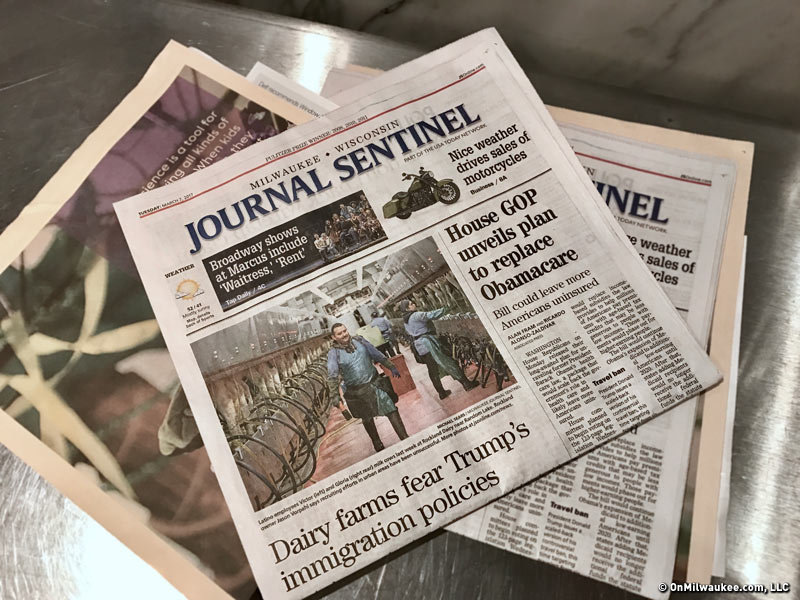On Nov. 4, Americans will be headed to the polls, electing officials on the local, regional and state level. Until then, we will be bombarded with commercials on television and radio waves, as we visit different websites and what will seem to be every other place we look.
But those commercials – even with how much we may get sick of them – do play a role. It is the use of media by candidates and special interest groups to have an impact on the election. On a bit of a higher road, many different outlets cover politics as part of its news and community coverage.
"People are choosing the leaders that will make decisions that will have a direct impact on their lives," said Mike Gousha, the host of WISN News’ "UpFront" and a Distinguished Fellow in Law and Public Policy at Marquette Law School.
"They will look at taxes, how are schools are run …," Gousha said as we talked in the broadest sense about the role of the media and the expectations people may have on what is presented.
It almost comes across that there is a requirement that viewers, readers and listeners put on different media outlets in the Milwaukee market.
"I think it is important to be consistent," Gousha said. "There’s a reason we do the show every week and it is a part of the daily broadcast."
Rita Hagen Aleman, a producer at WISN-TV Ch. 12, is working with Gousha on hosting the Wisconsin Attorney General debate conducted at Marquette University and aired live at 4 p.m. on Sunday.
"We are the local political watchdog of local leaders," Aleman said of the role media plays and he need to cover elections. "As journalists, we are expected to present to the public both political candidates and policy positions with meaningful contextual coverage."
For Sunday’s debate, Gousha and Aleman are doing an unmeasurable amount of background research on Democrat Susan Happ and Republican Brad Schimel. Both are running for the spot J.B. Van Hollen held and is not seeking re-election.
"We like the format, as the candidates will be able to address each other and answer the questions I have for them," Gousha said of the one-hour conversation that will air throughout the state on the "UpFront" network of ABC stations.
"Candidates may not get the same questions asked to them, but each will get a chance to address the points brought up by the other candidate," he said.
The commercial-free presentation will air again after the late local news on Sunday night on each channel.
"We are grateful to the candidates for agreeing to this debate," said Joseph Kearney, Dean and Professor of Law at Marquette University Law School. "We are pleased to continue our long-standing partnership with WISN 12. Through the leadership of our mutual colleague, Mike Gousha, the debate will help inform the community about this important statewide race."
A Marquette Law poll released Sept. 17 found the two candidates in a virtual dead heat, with Happ holding a one-percentage-point lead among registered voters and Schimel with a one-percentage-point lead among likely voters.
This is the first debate for the candidates in this race.
"We are thrilled to, once again, partner with Marquette Law School in bringing this important political dialogue to our viewers," said Jan Wade, president and general manager of WISN-TV. "In-depth political journalism is a cornerstone of our long-standing commitment to important local coverage. This includes providing candidates the opportunity to answer questions and explain their platforms.
"Having a highly-respected journalist like Mike Gousha as a moderator will ensure viewers get clear answers before they head to the ballot box."
RANKING THE LEADERS: As we take a look back at September, the Neilsen numbers show little change in the Milwaukee radio market. As reported in the past, this isn’t a complete list because a number of stations don’t pay to be rated and scored among the rest.
Also, through the kindness of Tom Taylor’s NOW newsletter, I only get access to the overall numbers. The stations themselves may pay to get the day-part breakdowns and other details. Unless a station decides to release information about a certain host or programing shift on the air, this is all we get to a sample of an equation that is supposed to be representative of the entire Milwaukee and Racine market.
Here’s the breakdown:
WMIL-FM, Country: 11.6
WTMJ-AM, News Talk Info.: 8.7
WRIT-FM, Oldies: 6.9
WMYX-FM, Hot AC: 5.5
WISN-AM, News Talk Info.: 5.4
WXSS-FM, Pop CHR: 4.8
WKKV-FM, Urban: 4.2
WLUM-FM, Alternative: 4.2
WLWK-FM, Adult Hits: 4.2
WLDB-FM, AC: 3.6
WRNW-FM, Pop CHR: 2.7
WUWM-FM, News Talk Info.: 2.5
WHAD-FM, Talk/Personality: 2.1
WSSP-AM, All Sports: 1.2
WYMS-FM, AAA : 0.8
WZTI-AM, Adult Stand./MOR: 0.5
WMSE-FM, Alternative: 0.3
WOKY-AM, All Sports: 0.2
Media is bombarding us everywhere.
Instead of sheltering his brain from the onslaught, Steve embraces the news stories, entertainment, billboards, blogs, talk shows and everything in between.
The former writer, editor and producer in TV, radio, Web and newspapers, will be talking about what media does in our community and how it shapes who we are and what we do.







